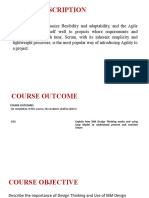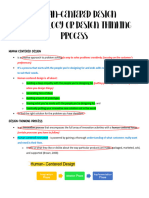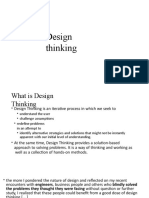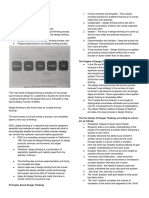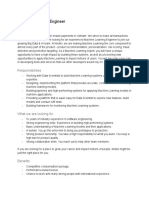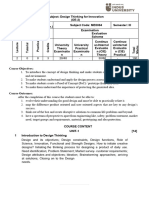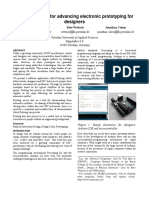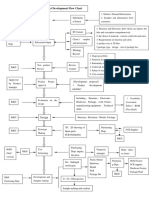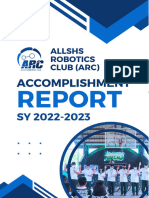0% found this document useful (0 votes)
30 views39 pagesWeek 1 Introduction
The document outlines a project-based course on design thinking, emphasizing a human-centered approach to problem-solving through a five-step process: empathize, define, ideate, prototype, and test. Students will work in groups to identify real-world problems and develop innovative solutions, utilizing tools like online collaboration platforms for brainstorming and feedback. The course aims to provide practical experience in user-centered design, encouraging students to understand user needs and create actionable insights.
Uploaded by
Muhamad KiraymCopyright
© © All Rights Reserved
We take content rights seriously. If you suspect this is your content, claim it here.
Available Formats
Download as PDF, TXT or read online on Scribd
0% found this document useful (0 votes)
30 views39 pagesWeek 1 Introduction
The document outlines a project-based course on design thinking, emphasizing a human-centered approach to problem-solving through a five-step process: empathize, define, ideate, prototype, and test. Students will work in groups to identify real-world problems and develop innovative solutions, utilizing tools like online collaboration platforms for brainstorming and feedback. The course aims to provide practical experience in user-centered design, encouraging students to understand user needs and create actionable insights.
Uploaded by
Muhamad KiraymCopyright
© © All Rights Reserved
We take content rights seriously. If you suspect this is your content, claim it here.
Available Formats
Download as PDF, TXT or read online on Scribd
/ 39








